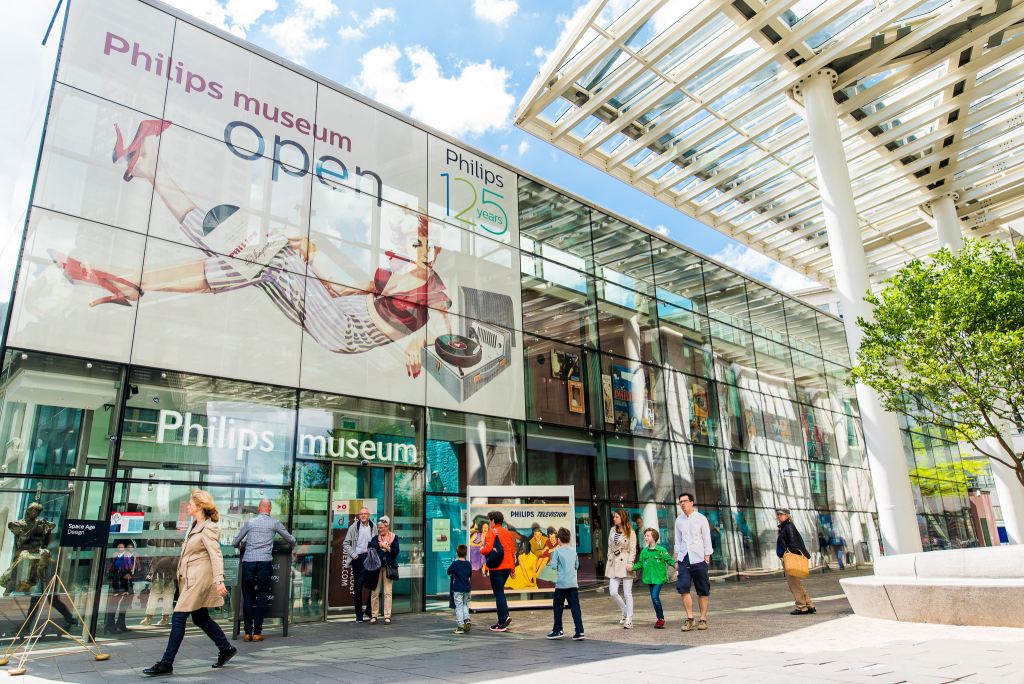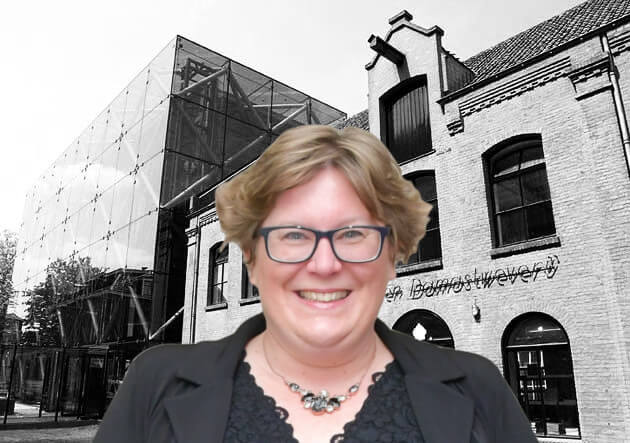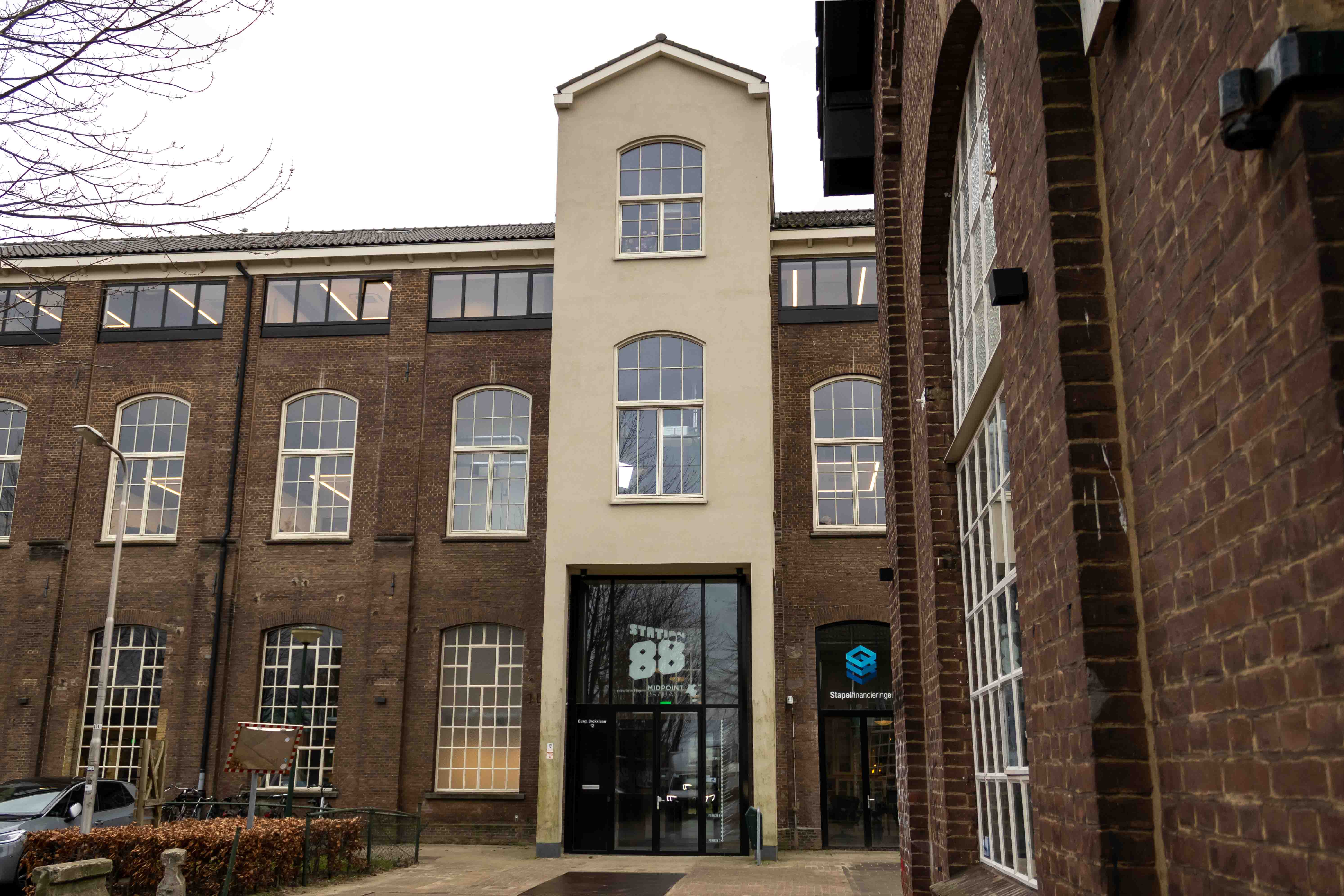
A while ago I went shopping in Amsterdam with my seven-year-old daughter. On her initiative; personally, I would rather go to the Kalverstraat during a game of Monopoly than in real life. Yet, this time I was all amazed. Whereas a few years ago the Kalverstraat for me, except for the extreme hustle and bustle, didn’t show any difference with any other city shopping street, this time I was totally captivated by the huge number of flagship stores. I started to realize that you can no longer call yourself a retailer if you don’t have a flagship store on the Kalverstraat.
Where some retailers fall out of the tree like dead birds, you see other ones attracting offline customers with their flagships. The offline retail is not a past glory, the rules of the game have simply changed. In my market, the educational market, you see the same thing: where several course providers can hardly resist online educational platforms such as Coursera, you see that professionals also pay tens of thousands of euros and travel thousands of kilometres to follow courses at INSEAD Business School in Paris.
“It’s all about the experience. In a flagship store, you don’t buy products, you consume a spectacle.”
Once home from Amsterdam, I did what I always do when I marvel at myself: a round of science. I soon found out that I’m not the only one who wonders about the flagship store phenomenon. Canadian researchers start their paper in the Journal of Retailing even with the opening sentence: “What makes flagships so special?”. The answer to that question seems simple at first: it’s all about the experience. Flagship stores are a typical expression of the postmodern experience economy. In a flagship store, you don’t buy products, you consume a spectacle. This so-called “shoppertertainment” is actually not something new; the origin of the commercial market stall seems to lie in the festivals of centuries ago. The combination of trade and entertainment is far from new, but the specific way in which flagship stores take shape is. This brings us to the domain also known as ‘retail atmospherics’. In the case of flagship stores, it is the specific design of the retail environment in which all the individual elements have to fit together like a puzzle in a synergetic way, and this is precisely where the complex element behind the flagship store lies. It’s all about the ultimate mastery of experience design: “Experience design will become the guiding philosophy of merchandising“. In this design, the brand concept behind the store is placed under a magnifying glass. Robert Kozinets and colleagues also call it “the devotion of exclusive space to brands“. The emphasis on the word “space” is particularly important in this respect: The special thing about the flagship store is the physical, the tangible. This is reflected in the four elements that are seen as the typical characteristics of flagship stores: 1) a large location in a prominent area, 2) the broadest and deepest possible product range, 3) a shopping environment that exudes quality in all its aspects, and 4) an extreme brand experience.
“We secretly like the tangible offline world much more than the online world”
The great success of flagship stores is therefore not surprising: we secretly like the tangible offline world much more than the online world. More and more brands feel that as a company they have a responsibility to connect not in the online world but in the offline world. A good recent example of this is the British cosmetics company Lush. Lush recently decided to completely stop social media and focus on real connections with real people in a real world: “We are tired of fighting with algorithms“.
How will retail innovation continue? When we see innovation as an evolutionary process, we will first see in retail that the mass-focused flagship store will exhibit elements of personalization. Using sensors, robots, mixed reality and other expressions of smart technology, personalization within the concept of the masses is easy to realize. Copies of this by-evolved kind already exist. A good example is the hybrid flagship store of Nike in New York, which also goes by the name of “House of Innovation”. Slowly but surely we will not only see through-evolved species but more and more new species will appear in the retail ecosystem. After all, a flagship store is only one species within the big denominator of ‘brand worlds’; other species include brand amusement parks and brand museums. For decades we have seen a few unique specimens of the latter in Eindhoven as well: the Philips– and the DAFmuseum. After all, it’s all about the core, about sharing the brand’s pure DNA. There’s no better way to do that than to show off your beautiful brand’s Mona Lisa’s and Nightwatches in a museum. Next time I won’t go shopping with my daughter, but I will go to the museum.
About this column:
In a weekly column, alternately written by Eveline van Zeeland, Jan Wouters, Maarten Steinbuch, Mary Fiers, Carlo van de Weijer, Lucien Engelen, Tessie Hartjes and Auke Hoekstra, Innovation Origins tries to find out what the future will look like. These columnists, occasionally supplemented with guest bloggers, are all working in their own way on solutions for the problems of our time. So tomorrow will be good. Here are all the previous episodes.







